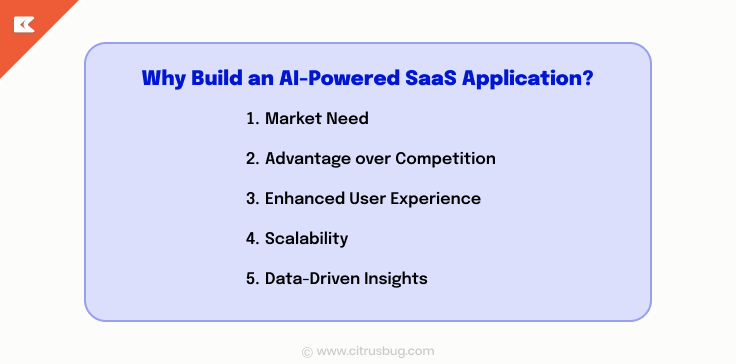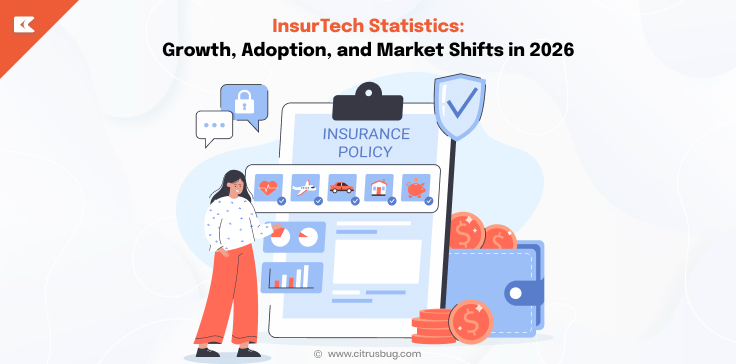AI in SaaS: Building Your Own AI-Powered SaaS Application
- September 30, 2024
-
4459 Views
- by Ishan Vyas
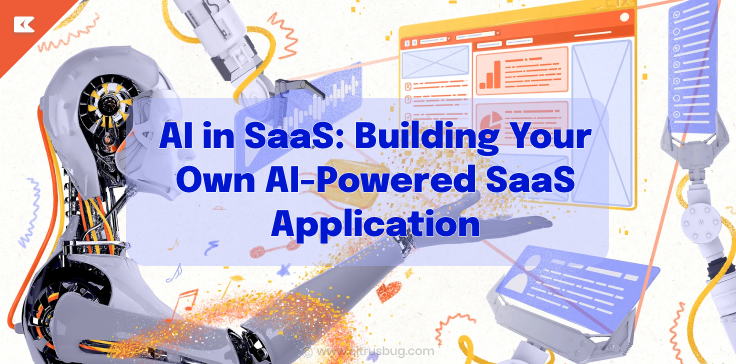
AI in the modern tech-driven world is a buzzword that constantly creates new experiences for users by changing industries and products. AI in SaaS makes business smarter as improvements are done in services and processes become easier, and those hidden treasures in data get found. This all may sound pretty daunting, but the reality is that if done the right way, building an AI-powered SaaS application is really possible.
Fundamentals to Know: What exactly is AI-Powered SaaS?
A SaaS model of application distribution hosts an application in the cloud and delivers it to a user over the internet. Before getting into the process of deployment of AI within SaaS, it’s necessary to know why AI is inherently essential. AI enhances the learning capability, which grows over time, and brings personalization of experience for end-users by SaaS applications.
AI-based SaaS applications can be easily designed to do all or some of the following functions:
- Predictive Analytics: Using history to make intelligent forecasts of the future behavior trends.
- Automation: The mundane tasks and processes simplify and speed up.
- Personalization: The services and recommendations are calibrated according to a user’s individual preferences.
- Natural Language Processing (NLP): The capacity to process and comprehend human language for improved user interaction.
Why Build an AI-Powered SaaS Application?
Reasons for building your own AI-enabled SaaS application:
- Market Need: E-commerce, healthcare, and finance are just a few examples of industries where AI-driven solutions are expanding at an unprecedented rate.
- Advantage over Competition: Your SaaS application can stand out in this overcrowded market by adding AI capabilities.
- Enhanced User Experience: AI completely changes the user experience with personalized services and faster responses.
- Scalability: Cloud-based SaaS applications scale well to accommodate the growing data requirements and needs of a base of users.
- Data-Driven Insights: It is now possible for businesses to analyze a huge volume of data coming their way because of AI assistance.Using such insights, businesses can achieve actionability and help in decision-making.
Steps to Build Your Own AI-Powered SaaS Application
1. Define Your Objectives and Target Audience
Just before you begin with development, define the objectives for your AI-powered SaaS application. Ask yourself the following questions:
- What problem will it solve?
- Who do you target
- What core functionalities and features do you want to integrate?
This question helps send you off in the right direction with a clear road map for your application because if it doesn’t meet the needs of your target users, nobody will use it.
2. Choose the Right Technology Stack
The right kind of technology stack is the backbone of your successful AI-powered SaaS application. It consists of the following subtechnologies:
- Front-end technologies: Front-end UI application frameworks: Vue.js, Angular, React.
- Back-end technologies: The list includes server-side programming languages: Node.js, Python, Ruby, etc.
- AI frameworks: The kinds of libraries to look into for building AI models-including TensorFlow, PyTorch, or scikit-learn.
- Cloud Platforms: Services involving cloud hosting and scaling purposes, such as AWS, Google Cloud, or Azure.
Selection of proper tools and technologies would be important towards preparing a robust, scalable application.
3. Data Collection and Management
Data is the lifeblood of applications built on AI. The quality and quantity of data you can gather are critical deciding factors between successful AI models and those that flop. Follow these steps to properly manage your data:
- Source Selection: Identify the sources of your data. This may be user-generated data, third-party APIs, or even public datasets.
- Data quality assurance : It encompasses clean up and pre-processing data procedures that ensure the completeness and accuracy of data before training an AI system.
- Compliance and Security: it should ensure its compliance with all pertinent legislation, such as GDPR and CCPA, concerning the collection of data. It should also include security so that the data of the user is safe as well.
4. Develop and Train AI Models
With your data in place, the next step is to develop and train the AI models. For those seeking a deeper understanding of these processes, AI corporate training or an AI course can provide the foundational skills to build and fine-tune models effectively. This will include the following:
- Choosing the Right Model: Choose the appropriate machine learning or AI algorithms depending on the problem that you are trying to solve.
- Train the Model: Use cleaned data to train the model while making and fine-tuning parameters on the way to improve accuracy.
- Validation: Test the performance of your model with precision, recall, and F1-score. Make sure it is up to your expectations.
- Iterate and Improve: AI is about continuous improvement. Update your models with some new data and train them again for better performance.
5. Build the SaaS Application
Once you develop your AI models, they can be integrated into your application. This would include the following:
- Development of the Front-End: You could come up with an interface that users interact with the system seamlessly.
- Integrate AI Models: Attach your AI models on the back-end of the application so that they receive inputs and have results sent back rather effectively.
- Testing: Thorough execution of testing to identify bugs and fix all those that are known at the time of release. In the final step, UAT with the users is also necessary to ensure the application meets all requirements.
6. Deploy and Scale
After testing, you will deploy your application to the cloud. Consider the following.
- Continuous Integration and Deployment: Follow CI/CD practices to ensure that it is less hassle to deploy; changes occur frequently.
- Monitoring: Track the performance of the application, user engagement, and the correctness of the AI model for the problems that would arise once it’s out.
- Scalability: The cloud infrastructure should easily scale as users increase in volume and data processing requirements increase.
7. Marketing and User Acquisition
AI-powered SaaS development is just the beginning. To succeed you need to get some users. Here are some marketing strategies for you to consider:
- Content Marketing: Create that content – blog posts, case studies, and tutorials – to communicate what value your application offers.
- Social Media Marketing: Use social media marketing to connect with the target and engage them.
- Search Engine Optimization: The optimization of the website and content is done to increase its visibility and organic traffic.
- Partnerships/Collaborations: These partnerships and collaborations could be with other businesses or with influencers, increasing your credibility in the market.
8. Gather Feedback and Iterate
Once your application goes live, you would start collecting user experiences. This can be done by gaining feedback through surveys, interviews, and analytics.
- Identify areas of improvement: Recognize what’s working and what is not.
- Implement Changes: Changes-Act on the insights gathered to build improvements in the entire user experience.
- Evolution is an always iterative process: Upgrade your application with newer features, improvements, enhancements, and AI model updates while incorporating the feedback from the users and market trends.
How Upwork Can Help You Build Your AI-Powered SaaS Application?
Building an AI-driven SaaS application will require intense expertise across varied facets of AI, data management, cloud infrastructure, and front-end and back-end development. But with Upwork, you are only going to have access to the best pool of global professionals for all these areas of specialization. You’ll streamline your process and only focus on growing your business.
Here are ways Upwork could help you out with this job:
1. Access to AI and Machine Learning Experts
In order to build and train AI models, there is a need for experts in different machine learning algorithms and AI frameworks and the way to handle data. You should be able to find freelancers on Upwork with deep experience working with TensorFlow, PyTorch, and other AI technologies.
For instance, Harsh Shah’s focus is more on the aspect of creating AI-based products and has a considerable portfolio in machine learning, natural language processing, and automation. He has been working with SaaS companies in developing the scalable applications of AI, aimed at particular industry necessities.
2. Front-End Developers
The SaaS application driven by AI should come with an interface that will be easy and aesthetically appealing so that it improves the overall experience of users. Front-end developers are those who specialize in developing easy and intuitive interfaces of modern frameworks, such as React, Vue.js, and Angular.
Karishma is a front-end developer with a strong background in building SaaS front-ends. Her concentration is on creating responsive and visually appealing UIs such that it becomes easy for the users to access your AI-enabled functionalities.
3. Full-Stack SaaS Developers
All your AI models will be brought to life by full-stack developers who are well aware of SaaS architecture. It will also integrate all the AI capabilities into your SaaS platform with a touch of scalability, security, and user-friendliness.
Krupal is an extremely experienced full-stack developer with specialized knowledge in SaaS development. His expertise has been in the development of AI-driven SaaS platforms using some of the modern tech stacks like Vue.js, Python, and AWS.
4. Cloud and DevOps Engineers
Fundamental to any SaaS application is efficient deployment and scaling. A cloud and DevOps engineer can help build and manage your infrastructure in the cloud and, therefore, smoothen the deployment and scaling of your AI-enabled SaaS.
Dipen is a cloud engineer with extensive experience in AWS, Google Cloud, and Azure. He specializes in implementing CI/CD pipelines and building scalable cloud infrastructures for SaaS applications.
Conclusion: Embracing AI in SaaS for Future Success
Building your very own AI-powered SaaS application is a very rewarding activity and unlocks tremendous value for both your business and its users. With the following guide steps-be it defining objectives, choosing appropriate technology stacks, managing data well, developing and integrating AI models, deploying and scaling, marketing your application, and iterating from user feedback-you may create a successful product that would meet the needs of your target audience.
If the implementation and development process of AI is too complex, then one can opt to consult SaaS development experts. The proper guidance ensures that the real journey through the process of AI integration and development would not be a traumatic task to stand out in a competitive landscape.
With the potential of AI, you enhance the capabilities of your product as well as position your business to strive well in the rapidly changing market for the long term.
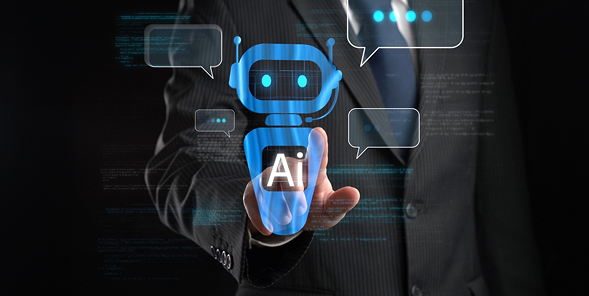


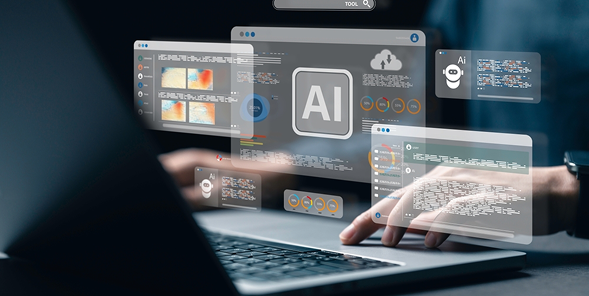

 SaaS Development
SaaS Development Web Application Development
Web Application Development Mobile Application Development
Mobile Application Development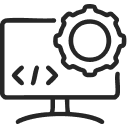 Custom Software Development
Custom Software Development Cloud Development
Cloud Development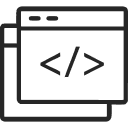 DevOps Development
DevOps Development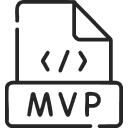 MVP Development
MVP Development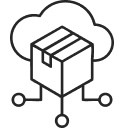 Digital Product Development
Digital Product Development Hire Chatbot Developers
Hire Chatbot Developers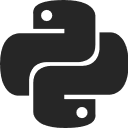 Hire Python Developers
Hire Python Developers Hire Django Developers
Hire Django Developers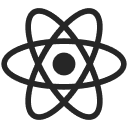 Hire ReactJS Developers
Hire ReactJS Developers Hire AngularJS Developers
Hire AngularJS Developers Hire VueJS Developers
Hire VueJS Developers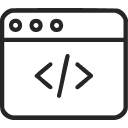 Hire Full Stack Developers
Hire Full Stack Developers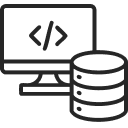 Hire Back End Developers
Hire Back End Developers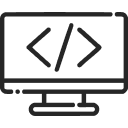 Hire Front End Developers
Hire Front End Developers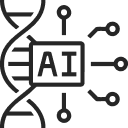 AI Healthcare Software Development & Consulting
AI Healthcare Software Development & Consulting Healthcare App Development
Healthcare App Development EHR Software Development
EHR Software Development Healthcare AI Chatbot Development
Healthcare AI Chatbot Development Telemedicine App Development Company
Telemedicine App Development Company Medical Billing Software Development
Medical Billing Software Development Fitness App Development
Fitness App Development RPM Software Development
RPM Software Development Medicine Delivery App Development
Medicine Delivery App Development Medical Device Software Development
Medical Device Software Development Patient Engagement Software Solutions
Patient Engagement Software Solutions Mental Health App Development
Mental Health App Development Healthcare IT Consulting
Healthcare IT Consulting Healthcare CRM Software Development
Healthcare CRM Software Development Healthcare IT Managed Services
Healthcare IT Managed Services Healthcare Software Testing services
Healthcare Software Testing services Medical Practice Management Software
Medical Practice Management Software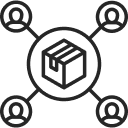 Outsourcing Healthcare IT Services
Outsourcing Healthcare IT Services IoT Solutions for Healthcare
IoT Solutions for Healthcare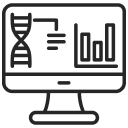 Medical Image Analysis Software Development Services
Medical Image Analysis Software Development Services Lending Software Development Services
Lending Software Development Services Payment Gateway Software Development
Payment Gateway Software Development Accounting Software Development
Accounting Software Development AI-Driven Banking App Development
AI-Driven Banking App Development Insurance Software Development
Insurance Software Development Finance Software Development
Finance Software Development Loan Management Software Development
Loan Management Software Development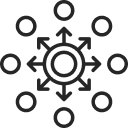 Decentralized Finance Development Services
Decentralized Finance Development Services eWallet App Development
eWallet App Development Payment App Development
Payment App Development Money Transfer App Development
Money Transfer App Development Mortgage Software Development
Mortgage Software Development Insurance Fraud Detection Software Development
Insurance Fraud Detection Software Development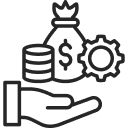 Wealth Management Software Development
Wealth Management Software Development Cryptocurrency Exchange Platform Development
Cryptocurrency Exchange Platform Development Neobank App Development
Neobank App Development Stock Trading App Development
Stock Trading App Development AML software Development
AML software Development Web3 Wallet Development
Web3 Wallet Development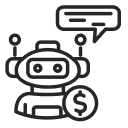 Robo-Advisor App Development
Robo-Advisor App Development Supply Chain Management Software Development
Supply Chain Management Software Development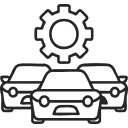 Fleet Management Software Development
Fleet Management Software Development Warehouse Management Software Development
Warehouse Management Software Development LMS Development
LMS Development Education App Development
Education App Development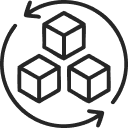 Inventory Management Software Development
Inventory Management Software Development Property Management Software Development
Property Management Software Development Real Estate CRM Software Development
Real Estate CRM Software Development Real Estate Document Management Software
Real Estate Document Management Software Construction App Development
Construction App Development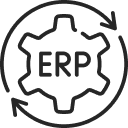 Construction ERP Software Development
Construction ERP Software Development





